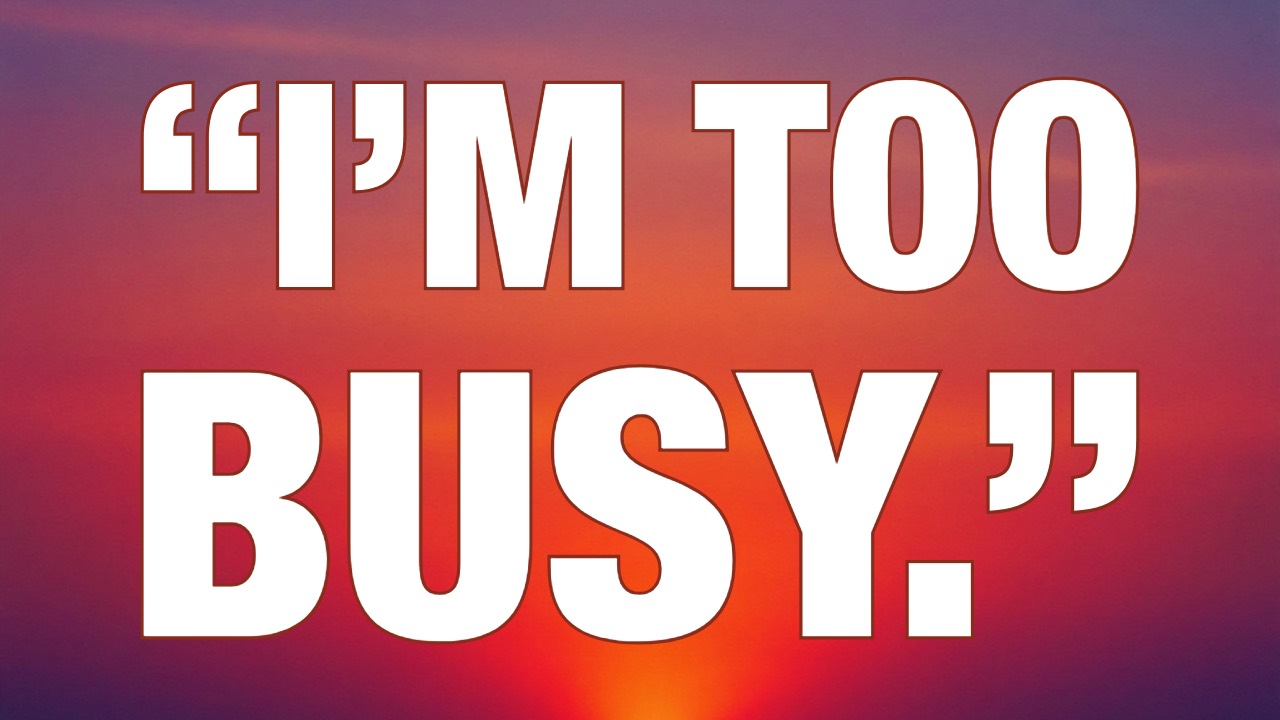The Art of Lifelong Growth: Integrating the Lessons That Change Everything
“You did what most won’t — and that changes everything.”
Most people stop when they finish something. You? You’ve arrived at the beginning.
Completion feels final — but in the world of real growth, it’s just the point of ignition.
The Growth Blueprint was never meant to be a course. It’s a mirror, a structure, a launchpad. A way to design a life that’s not just successful on paper, but deeply congruent with your values, your energy, and your truth.
Growth isn’t about crossing a line. It’s about learning how to live in motion — to reflect, integrate, and expand without losing your center.
Reflecting on the Journey
Think back to where you started. The questions that haunted you. The confusion that sparked this work. The quiet hope that maybe — just maybe — you could shift something this time.
And now, here you are. More focused. More intentional. A little less ruled by chaos.
That’s not luck. That’s evolution.
Reflection is how you translate that evolution into wisdom. It’s not indulgence — it’s integration.
Psychologists call it temporal self-appraisal — the process of comparing your present self to your past self to track growth. But in real life, it feels more like this: looking at an old version of you with compassion instead of criticism. Seeing proof that you’re not who you were — and realizing that’s the whole point.
Reflection gives your story shape. It connects the dots between where you’ve been and where you’re going. Without it, you just drift through achievements, never extracting their meaning.
So pause. Revisit the milestones. Name the moments that almost broke you — and the ones that built you instead.
Recognizing the Lessons That Changed You
Growth happens slowly, then suddenly. One day you wake up and realize you handle what used to derail you. You breathe through what once triggered you. You plan your day instead of surviving it.
These are the quiet revolutions — the ones that don’t trend on social media but change your entire trajectory.
Someone who once overcommitted now protects their energy with surgical precision. Someone who procrastinated now starts small, every day. Someone who chased approval now chases alignment.
Transformation isn’t one big event — it’s a collection of micro-decisions that, over time, redefine who you are.
And it only sticks when you pay attention. Mezirow called this transformational learning — reflection deep enough to alter your sense of self. Kolb called it experiential learning — turning lived moments into tools you can reuse.
That’s what you’ve been doing — turning experience into strategy. Pain into pattern recognition.
Integration: Making It Real
You’ve learned a lot — but information doesn’t transform people. Integration does.
Real growth doesn’t show up in journals or workshops. It shows up in the mornings when you meditate before checking your phone. In the days you pause before reacting. In the weeks you actually follow your plan instead of just writing one.
Self-regulation research (Zimmerman, 2000) shows that consistent self-monitoring creates lasting change. In other words: when you pay attention, you stay in alignment.
Integration is less about grand gestures and more about invisible discipline.
-
Reflect weekly.
-
Recommit monthly.
-
Refine when needed.
And remember: mindfulness isn’t passivity. It’s awareness in motion.
Planning for Lifelong Growth
The people who keep growing aren’t superhuman — they’re systematic.
They understand that consistency beats intensity. That one small daily action compounds faster than a single burst of effort.
Kaizen, the Japanese philosophy of continuous improvement, is built on this: tiny, intentional tweaks that create massive transformation over time.
Science agrees — habits, when repeated for 66 days or more, become self-sustaining (Lally et al., 2010). Combine that with a growth mindset (Dweck, 2006) and clear goals (Locke & Latham, 1990), and you’ve got a framework for lifelong evolution.
Create your own Growth Continuity Plan:
-
Define three habits that anchor your best self.
-
Build in reflection checkpoints.
-
Stay flexible. Your plan should bend, not break.
Because the secret to momentum is movement — not perfection.
The Challenge of Sustaining Momentum
Let’s be honest: it’s easy to grow when you’re inspired. It’s harder when life gets loud again.
Resistance will resurface. Comfort will tempt you back into autopilot. The voice that says “I’ll do it later” never really dies — it just learns new tricks.
But awareness is your antidote. When motivation fades, awareness steps in. When you drift, reflection pulls you back. When you stumble, systems catch you.
Momentum isn’t magic — it’s maintenance.
Growth doesn’t ask you to be fearless. It asks you to stay awake.
The Declaration of the Committed
Most people dream of transformation. You took action.
Most people stay in the comfort of routine. You stepped into the unknown.
And that matters. Because what you’ve built isn’t just progress — it’s proof.
Proof that intention beats circumstance.
Proof that awareness rewires everything.
Proof that once you’ve tasted alignment, you can’t go back to autopilot.
The Growth Blueprint isn’t something you finish. It’s something you become.
“Reflection isn’t a look back — it’s a calibration forward.”
“Small, intentional habits outlast bursts of inspiration.”
“You’ve stepped through a door that few dare to walk through — keep moving.”
So here’s your next step:
Reflect. Integrate. Refine.
Then come join us — in coaching, in community, in the continued practice of becoming.
Because growth doesn’t end when the course does.
It compounds from here.
Reflection Prompts:
1️⃣ What lessons from this journey do you want to carry forward?
2️⃣ What habits have proven to be anchors?
3️⃣ How will you sustain your rhythm of reflection and refinement?




Responses